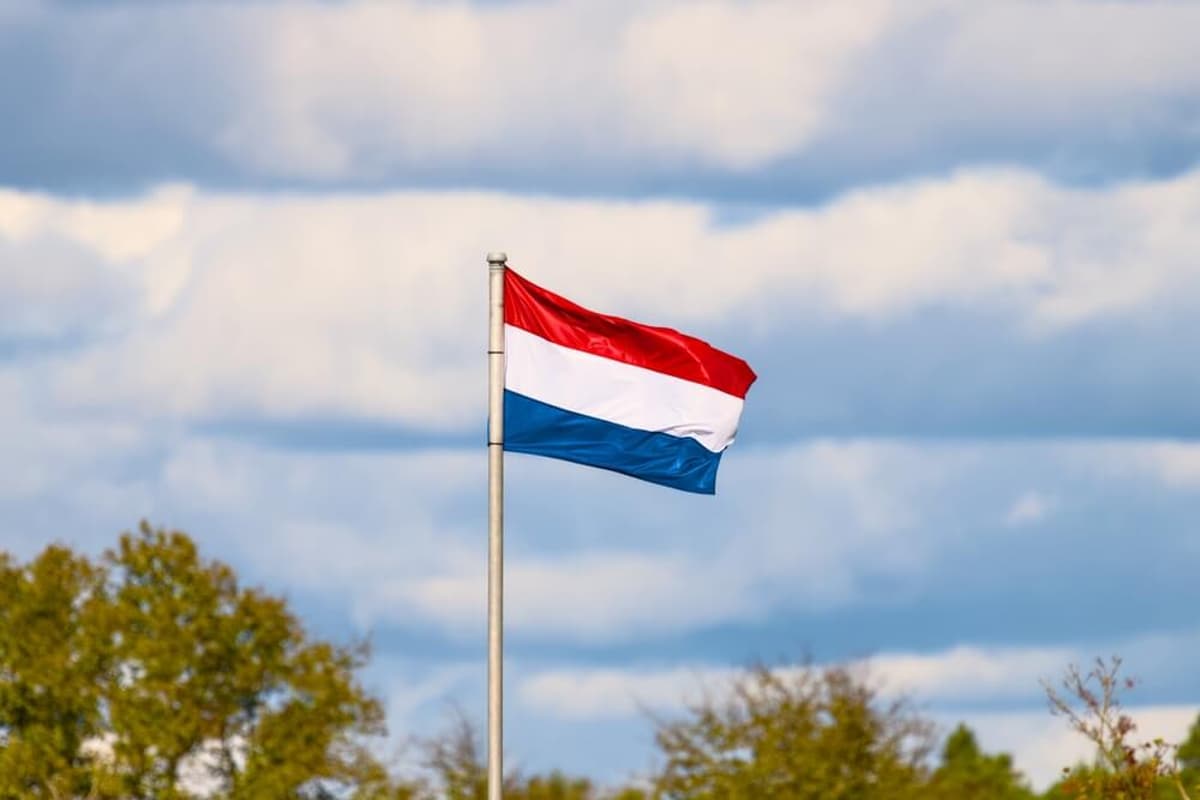A coalition of Dutch transport, shipping and green gas companies has urged the Netherlands government to allow a bio-liquefied natural gas (bioLNG) terminal route to count under the country’s Energy for Transport Regulation when implementing RED III – an EU law designed to drive uptake of renewable energy.
As it stands, imported green gas that enters the Dutch grid and is later withdrawn, liquefied at LNG terminals, and distributed to filling stations does not qualify under the regulation. This effectively blocks the so-called terminal route that industry argues is the most scalable and cost-efficient way to supply bioLNG.
The coalition wants the government to recategorise the route, warning that not doing so would cause “unnecessary damage” to investors in the sector, the achievement of climate targets, and hit confidence in bioLNG.
In an open letter to country’s State Secretary for Infrastructure and Water Management Thierry Aartsten, the group said that industry have already invested heavily in the bioLNG chain, with around 1,500 LNG trucks on Dutch roads and a nationwide refuelling network in place. Growth is now stalling as hauliers hesitate to green their fleets amid policy uncertainty, it added.
BioLNG, which is liquefied biomethane, is positioned as a direct substitute for diesel in heavy transport and shipping, providing immediate emissions reductions alongside the longer-term rollout of electrification and hydrogen.
The coalition argue that the terminal route offers the quickest and most cost-effective way to expand supply at scale, with decentralised liquefaction requiring significant investment in many local facilities.
“To our great disappointment, we have learned of the intention to exclude the import of green gas via the gas network, and liquefaction via LNG terminals, from counting towards the targets for renewable transport fuel,” the letter says.
The group have also argued that the Dutch approach is inconsistent with European law. Under the principle of mass balancing, green gas injected into the grid can be accounted for when an equivalent amount is withdrawn and liquefied elsewhere, with certification ensuring traceability.
The system is already recognised in RED III, and applied in Germany and Belgium, where the terminal route has helped increase availability and lower costs.
The letter was signed by 30 organisations across the transport, shipping and renewable gas sectors, including Molgas, Titan, and Hapag-Lloyd. The signatories are seeking a government response within two weeks.
